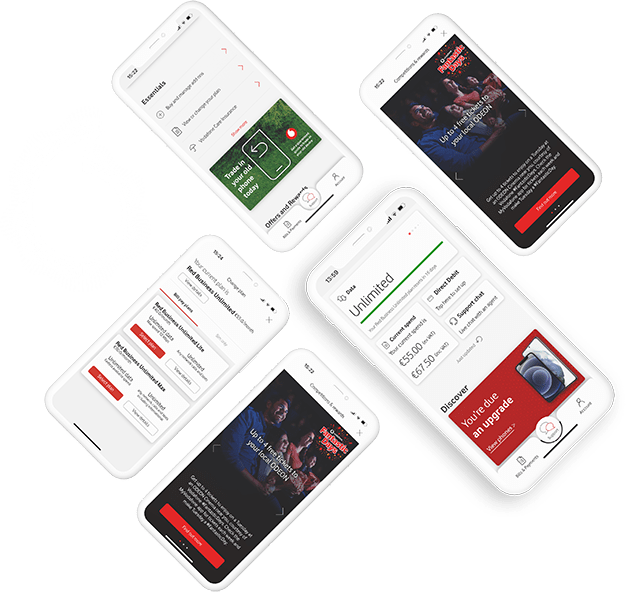
Summary: As businesses grow, the need for new systems to keep productivity and efficiency high is vital.

With over 7,000 students, 1,000 staff and five campuses, Atlantic Technological University (ATU) is one of the most geographically dispersed institutions in Ireland. With that brings both infrastructural and organisational challenges.
When ATU started the process of replacing its outdated telephony and communications system back in 2017, IT manager Donal McGinty and his team did not expect the challenges that were to come.
Their primary task was to find a way to simplify an extensive and inconsistent telephony system made up of three different digital PBX systems and one voice over IP (VOIP) system.
With that, they also had to make sure that any new system would allow ATU’s technology to work with that of Letterkenny IT and Sligo IT as the three institutions were due to merge to create a Technological University (TU) for the west and northwest of Ireland, making it one of the largest multi-campus universities in Ireland.

When the COVID-19 pandemic hit in 2020, and the later lockdowns, the need for remote working and unified communications grew massively in importance.
“We had a patchwork of technologies in place from a variety of different suppliers and were using lots of hybrid systems built up over time to support different functions and different needs. It worked, but it was no longer really fit-for-purpose and had started to become a burden, so we decided we wanted to unify things,” McGinty explained.
Analyse
Looking at the system’s usage, McGinty and his team learned that the staff and students were increasingly ‘mobile first’ and most of their interactions with the institute were from their smartphones, tablets and laptops. At the time, however, ATU’s communication was collaboration services were traditional siloed systems that were tied to physical locations.
“We felt unifying and integrating communication systems would simplify communication. Any steps that remove friction and obstacles from people communicating fosters a better collaborative environment. We took this decision pre-COVID, and we are thankful we did with the challenges the pandemic presented,” McGinty said.

Together through Microsoft Teams
“In adopting Microsoft Teams, we saw an opportunity to benefit all our internal stakeholders – researchers, students, and staff,” McGinty said.
“Our IT strategy is to unify and integrate systems and services as much as possible, and we could see that Teams would allow us to; move from traditional network storage, implement consistent data governance, and policies improve collaboration with desktop video conferencing.”
“We also wanted to implement a unified communication system, and we needed the help of a partner who could guide us on the right path,” he added.
McGinty looked at other solutions, and while there were others with great features, each had a barrier to entry that wasn’t there in Teams. Along with that, it was available to ATU under an existing licence agreement, and so made sense from a cost point of view.
ATU ran an EU-wide tender process, and according to McGinty, Vodafone’s response best aligned with what ATU was trying to achieve.

Why Vodafone
“Vodafone was able to articulate to us exactly what we wanted to achieve and how it could be put in place. They brought in project management and technical services people, and really did support the team here,” McGinty shared.
“We knew from Vodafone’s support of the previous patchwork system the calibre and quality of their team and they brought that to this project. It’s not something we take for granted, finding a partner who will work alongside us, showing us what to do rather than telling us what we should do. Vodafone really hit the spot and we felt fully supported all the way through.”
Instead of having four separate PBX phone systems, ATU now has one cloud-hosted system.
All 1,000 of its staff have a dedicated direct number and all offices can be contacted by the public, with calls seamlessly routed to the staff remote endpoint, whether that is a mobile client or laptop.

Teams has also made a huge difference to allowing ATU to work remotely and efficiently with students.
“ATU has always had a very interactive and supportive teaching environment, and lecturers actively make themselves available to support their students one to one. Adopting Teams has allowed that relationship to be maintained during the pandemic,” McGinty praised.
“Students can directly contact their lecturers, raise their hand to ask questions in class, and can join in with lectures using the most basic of access technologies. They don’t need to have state-of-the-art broadband in their homes.”
ATU merged with Letterkenny IT and IT Sligo in April 2022 to become a technological University, and technology played a key role in integrating the three geographically-dispersed institutes. This allows them to function as one and be accessible to the wider community of 20,000 students and 3,000 staff.
Want to discover more?

Get in touch
Find out what we can do to help your business reach its full potential.






